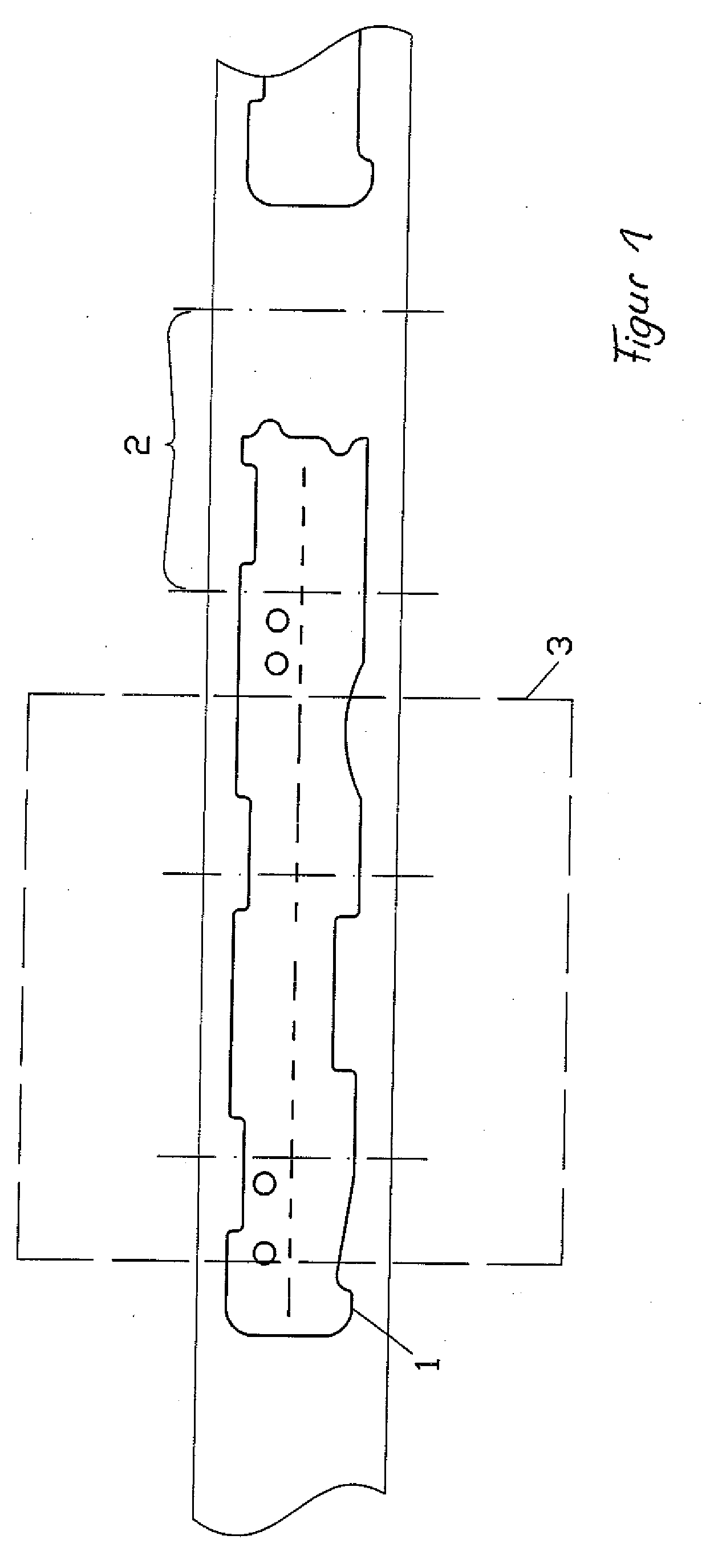Method For Machining Workpieces By Using Laser Radiation
a technology of laser radiation and workpieces, applied in the direction of laser beam welding apparatus, welding/soldering/cutting articles, manufacturing tools, etc., can solve the problems of increased cutting waste, increased cost of plant engineering (stamping tools and detectors), and inability to optimize the machining speed in the direction of shorter machining times
- Summary
- Abstract
- Description
- Claims
- Application Information
AI Technical Summary
Benefits of technology
Problems solved by technology
Method used
Image
Examples
Embodiment Construction
[0036]A machining on a plastic foil moved in a translatory manner as a workpiece 1 should be carried out using a laser beam with the method in accordance with the invention. The plastic foil can be clamped between two rollers, not shown here, and can be transported in a longitudinal direction, and a feed can thus be realized, by rolling up and down.
[0037]In this connection, the plastic film should be cut in a special shape with a predetermined marginal contour (solid line) using a laser beam which is two-dimensionally deflectable. A perforation (dashed line) should moreover be formed parallel to the feed direction. This can be achieved by a slight material removal, starting from the surface of the plastic foil.
[0038]The positional coordinates for the outer marginal contour and perforation were supplied in advance to an electronic evaluation and control unit and form the basis for the machining contour.
[0039]Such positional coordinates were associated with virtual machining segments ...
PUM
| Property | Measurement | Unit |
|---|---|---|
| Fraction | aaaaa | aaaaa |
| Length | aaaaa | aaaaa |
| Power | aaaaa | aaaaa |
Abstract
Description
Claims
Application Information
 Login to View More
Login to View More - R&D
- Intellectual Property
- Life Sciences
- Materials
- Tech Scout
- Unparalleled Data Quality
- Higher Quality Content
- 60% Fewer Hallucinations
Browse by: Latest US Patents, China's latest patents, Technical Efficacy Thesaurus, Application Domain, Technology Topic, Popular Technical Reports.
© 2025 PatSnap. All rights reserved.Legal|Privacy policy|Modern Slavery Act Transparency Statement|Sitemap|About US| Contact US: help@patsnap.com


